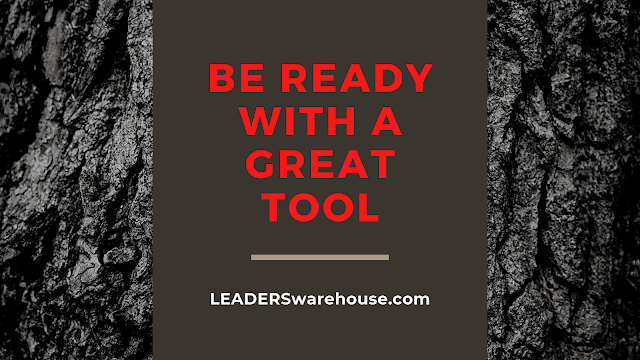FISH! eLEARNING is both fun and practical
Five nice learnings about eLEARNING: Here you can read what eLEARNING actually is and what FISH! eLEARNING in particular is. With FISH! the film, the books, the tools, the methods, the posters, the gifts you can dazzle your FISH! process, so that you extend over a longer period of time and thus be remembered. 1: eLEARNING takes too long? Studies show that eLEARNING typically takes between 40% and 60% less time than when you have to learn the same thing in a traditional classroom. FISH! eLEARNING can be accessed from any computer or mobile when it suits the employee and at the employee's own pace. A few minutes at a time or the whole course at once (1 hour in total). 2: Isn't eLEARNING mostly for young people? Half of all content on YouTube is seen by 35 to 64 year olds. 55% of all people over 50 receive news online. If you watch videos or read news on a PC, a tablet or a mobile phone, then you are already familiar with eLEARNING. FISH! eLEARNING offers exciting video clips, qu
















